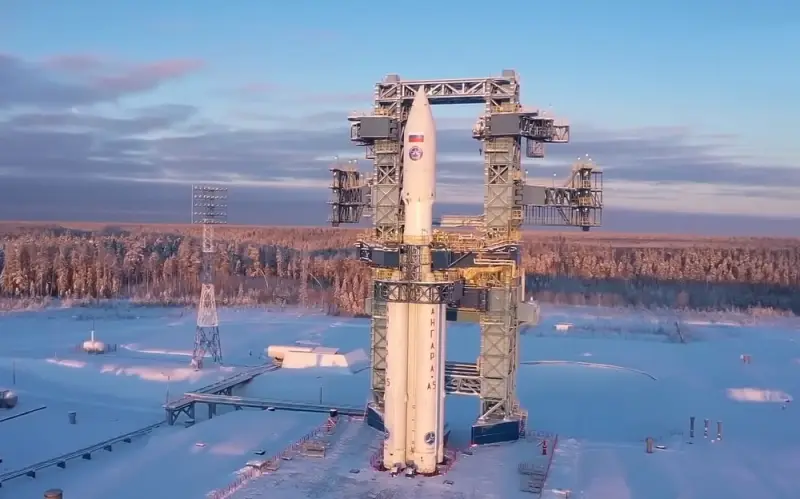Successful launch of Angara-A5: why is this important for Russia
Last week, the Russian Angara-A5 heavy rocket launched for the first time from the site at the Vostochny Cosmodrome. The launch went smoothly, despite two postponements that occurred due to automatic operation.
It is worth noting that the heavy version of the Angara launch vehicle made its fourth successful flight. This can already be considered an important achievement for the new rocket. But the main “highlight” of the event that took place on April 11 is that the launch was made from the launch complex at the Vostochny Cosmodrome, which began to be built in 2019.
Why is it important? For at least two reasons. Firstly, unlike Baikonur, this is our cosmodrome. Secondly, unlike Plesetsk, where the first three Angara-A5 launches took place, the launch pad at Vostochny allows more payload to be delivered into orbit for less money.
What is characteristic is that today in the world, in addition to the Angara, there are only four heavy-class missiles. Three of them belong to Americans.
At the same time, the leader in the industry is the Falcon-9 FT from SpaceX, which, although slightly inferior to our fifth Hangar in terms of payload capacity, can boast cheaper launches due to the return stages.
However, the Russian rocket still has room to grow. Right now, work is already underway to modify it, as a result of which the Angara should receive an oxygen-hydrogen third stage, which will increase the possibility of launching up to 37 tons of cargo into LEO instead of the currently available 24,5 tons. In addition, the cost of launches will significantly decrease when the launch vehicle goes into mass production.
In turn, there is no doubt about the launch of the latter. After all, the heavy Angara has a lot of work ahead of it.
Firstly, Russia faces the task of multiplying its satellite constellation. In addition, countries friendly to us are beginning to actively develop their space programs, which will undoubtedly use the services of Roscosmos.
Secondly, it is Angara-A5 that will deliver manned spacecraft from 2028, as well as launch units into orbit for the domestic ROS orbital station.

Information